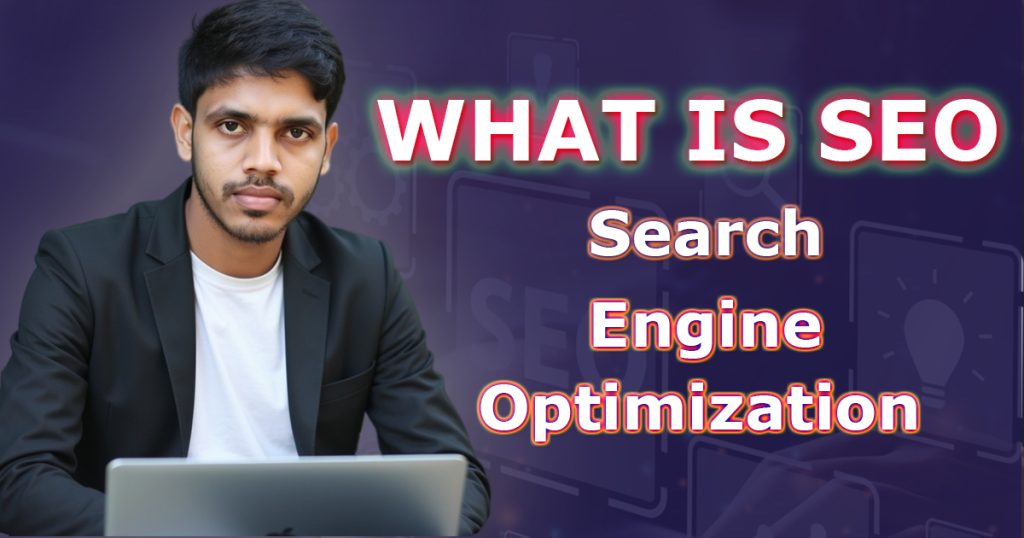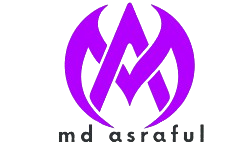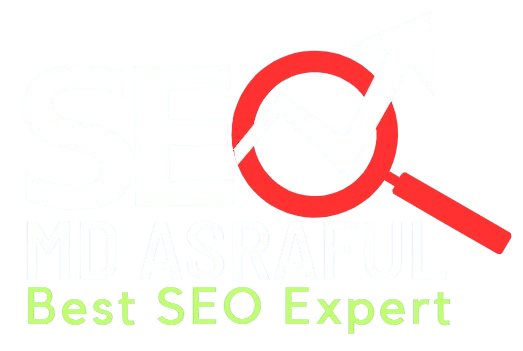
What Is SEO
Search Engine Optimization (SEO) is the process of optimizing your website, content, or videos to improve their visibility on search engines like Google, Bing, and YouTube. The goal is to rank higher in search results, attract more organic (unpaid) traffic, and reach a larger audience.
This guide provides an overview of SEO, its key components, and best practices to help you improve your website’s search engine performance.
Search Engine Marketing vs. Search Engine Optimization
Search Engine Marketing (SEM) refers to the broader strategy of gaining visibility on search engines through both paid and organic methods, while Search Engine Optimization (SEO) focuses specifically on improving a website’s ranking in organic search results without paying directly to the search engine; essentially, SEM encompasses SEO as a part of its strategy, but also includes paid advertising options like Pay-Per-Click (PPC) to generate traffic immediately, whereas SEO aims for long-term organic growth through website optimization.
Why SEO is important
SEO is important because it can improve your organic visibility in search engine results pages. Which can translate to more brand awareness and website traffic. Which ultimately leads to more sales. As our success stories prove, businesses of all shapes and sizes have used SEO to their advantage.
SEO can help a website rank higher in search results, which can increase the number of visitors to the site. Ranking higher in search results can help a business appear more credible to potential customers. An easy-to-navigate website can improve the user experience and make it easier for consumers to find what they’re looking for. SEO can be a cost-effective marketing strategy that can provide long-lasting results. SEO can help a business grow its brand awareness with its audience. SEO can help a business analyze its competitors and identify market trends.
Types of SEO
On-page SEO
Optimizes individual pages to improve their ranking in search results. This includes optimizing the page’s content, title tags, header tags, and meta description.
Off-page SEO
Involves strategies outside of the website, such as link building, social media marketing, and digital PR.
Technical SEO
Improves the technical aspects of a website to make it easier for search engines to crawl and index it. This includes creating an XML sitemap and using meta robots tags.
The above three types of SEO are used for websites and blogs, but they also apply to three subtypes of SEO:
Local SEO: Getting your business to rank as high as possible in Google Maps and on the local results of the SERP. Reviews, listings, and Google Business profile optimization are most important here.
Image SEO: A mix of on-page and technical strategies to get images on your website pages to rank in Google image search.
Video SEO: A mix of on-page, technical, and off-page strategies to get your videos to rank in YouTube or Google video results.
While all three subtypes require all three core types of SEO, they do vary in how heavily they rely on each core type.
SEO best practices
What Are SEO Best Practices?
Identify the keywords that people use to search for the content on your website. Use descriptive URLs, group related pages, and reduce duplicate content. Add high-quality images and videos to your site, and optimize them. Use link building and social media marketing to promote your website.
How does SEO work?
SEO (Search Engine Optimization) works by optimizing a website’s content and technical aspects to align with how search engines like Google determine the relevance and quality of a page, ultimately aiming to rank higher in search results and gain more organic traffic when users search for relevant keywords on the internet; this involves factors like keyword research, on-page optimization, link building, and ensuring a website is technically sound for search engine crawlers to access and index properly.
How Do Search Engines Work?
Search engines work by crawling, indexing, and ranking content on the internet.
Search engines use automated programs called bots or crawlers to explore the web and discover content. They primarily follow hyperlinks to find new pages. After analyzing the content, the search engine determines if it’s eligible for indexing. If it is, the content is added to the database of possible search results. When a user enters a query, the search engine tries to understand the search intent. It then uses a complex algorithm to present the best results from its index.
Conclusion
SEO is a long-term strategy that requires continuous effort and adaptation. By focusing on quality content, technical optimization, and user experience, you can improve your website’s visibility and attract more organic traffic. Stay informed about industry trends and algorithm updates to maintain your competitive edge.
SEO is a powerful tool for growing your online presence organically. By optimizing your content and following best practices, you can improve visibility, attract more visitors, and achieve long-term success without relying heavily on paid ads. (What Is SEO)
What Is SEO

